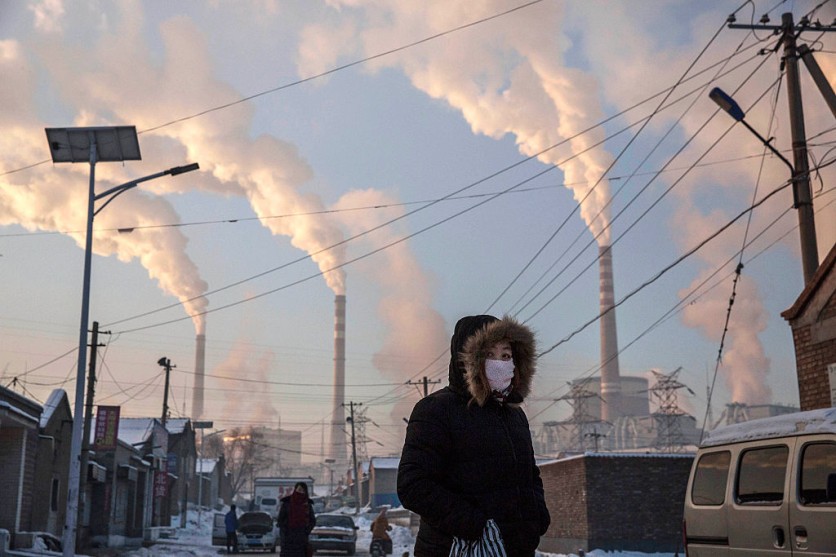For the first time, the US government is implementing restrictions on emissions from existing coal-fired plants. This historic step underscores the growing recognition of the urgent need to combat climate change and transition towards cleaner energy sources.

Stricter Emission Standards for Coal Plants
The Environmental Protection Agency (EPA) has mandated that both existing coal-fired and new natural gas-fired power plants must reduce 90% of their carbon emissions or face closure. This move marks a significant step in the country's efforts to transition to a cleaner energy economy, with the EPA introducing four measures aimed at achieving this goal.
By imposing restrictions on emissions from coal-fired plants, Electrek reported that the government is signaling a commitment to reducing greenhouse gas emissions and safeguarding public health and the environment.
According to the EPA, the optimal emission reduction strategy for existing coal units and newly deployed gas turbines involves carbon capture and sequestration (CCS), which qualifies for tax incentives under the Inflation Reduction Act.
EPA has unveiled three additional final rules targeting emissions from coal-fired plants. These include a significant tightening of the emissions standard for toxic metals, with a reduction by 67%, and the implementation of a 70% reduction in the emissions standard for mercury from existing lignite-fired sources.
Furthermore, the EPA aims to curtail pollutants discharged through wastewater from coal-fired power plants by over 660 million pounds annually. Additionally, the agency has introduced regulations for the safe management of coal ash in previously unregulated areas.
In making these regulations, EPA Administrator Michael S. Regan underscored the importance of a transparent and inclusive process. By engaging stakeholders and considering various perspectives, the EPA aims to strike a balance between environmental protection and the continued provision of reliable electricity services.
These standards represent a significant step towards fulfilling the Biden administration's ambitious climate goals, which seek to curb greenhouse gas emissions and transition towards cleaner energy sources. Regan's statement reflects the agency's commitment to navigating the complex challenges of environmental policy while ensuring the stability of the nation's energy infrastructure.
Implementing Restrictions
Coal-fired plants aiming to operate beyond 2039 must achieve a 90% reduction in CO2 emissions by 2032. However, if a coal plant retires by 2039, it must still capture emissions but to a less stringent standard. Those retiring by 2032 are exempt from the new regulation. Coal accounted for approximately 16% of US electricity generation in 2023.
The implementation of this rule is estimated to yield a reduction of 1.38 billion metric tons of carbon pollution through 2047. This equates to preventing the annual emissions of 328 million gasoline-powered cars or nearly an entire year's worth of emissions from the US electric power sector.
According to Harold Wimmer, CEO of the American Lung Association, the combustion of fossil fuels in power plants poses a significant threat to respiratory health, particularly affecting children, and exacerbates climate change. Implementing stricter regulations on air quality and climate control measures is expected to have a life-saving impact.
Related Article : Solar, Wind Power Now Cheaper than Coal, Renewable Energy Revolution Against Climate Change

ⓒ 2026 TECHTIMES.com All rights reserved. Do not reproduce without permission.




